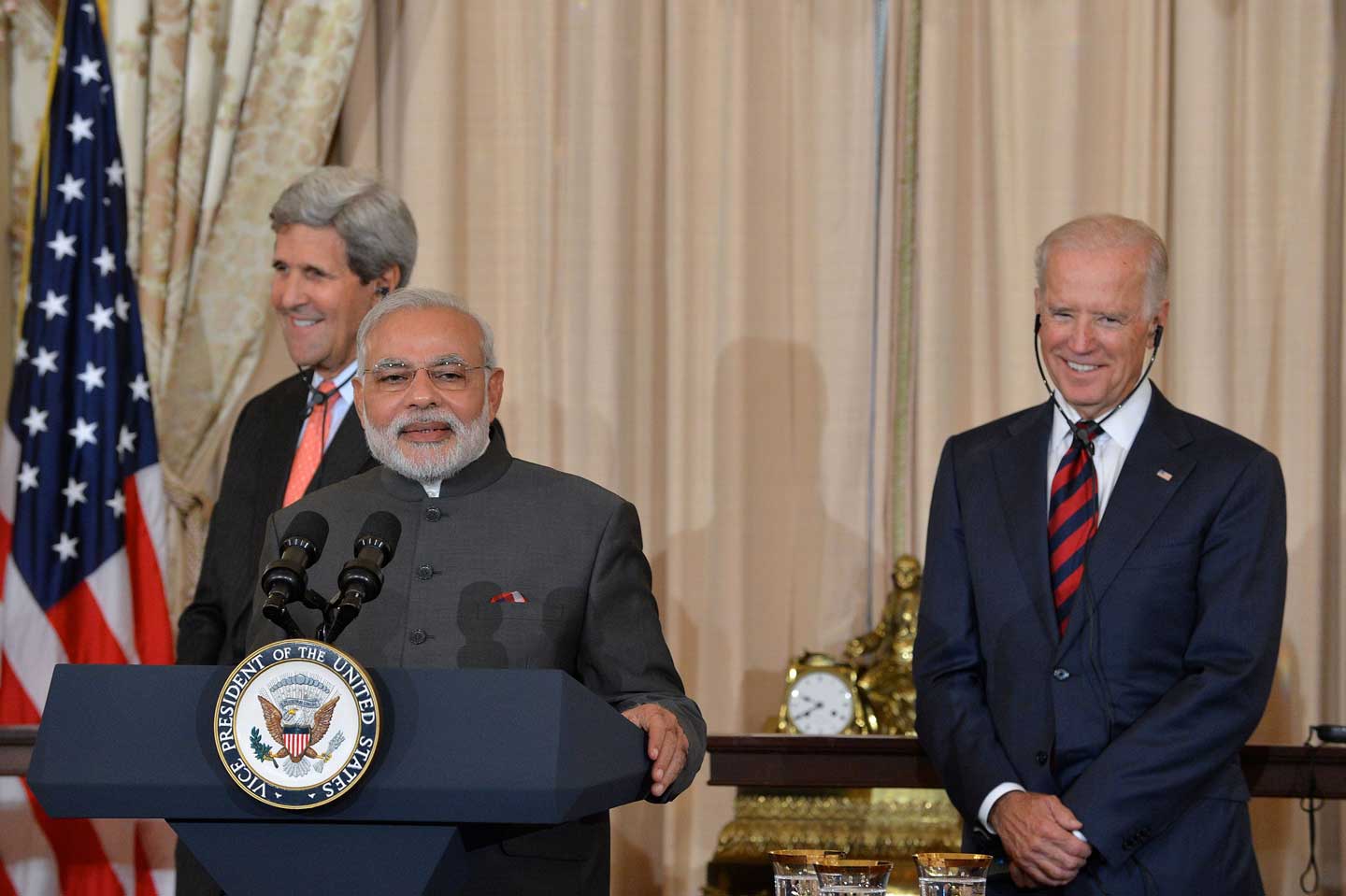The BGA India Team, led by Managing Director Ratan Shrivastava, recently wrote an update to clients about the implications of U.S. Defense Secretary Lloyd Austin’s visit to India. The visit, which occurred from March 19-21, came shortly after the first summit of the Quadrilateral Security Dialogue (Quad) held virtually on March 12 between the heads of states of India, the United States, Australia and Japan.
Both meetings reflected efforts made by the Modi government and Biden administration to strengthen the U.S.-India relationship across multiple sectors within the context of the Indo-Pacific. The discussions could provide important opportunities for businesses, particularly in the defense, health care and energy sectors.
Austin’s India visit signifies the urgency with which both nations are shoring up their military capabilities through a stronger bilateral defense partnership. A key driver for New Delhi has been countering the assertiveness of a rising China, with New Delhi witnessing increasing border standoffs, skirmishes and growing cyberattacks on critical infrastructure systems during the Covid-19 pandemic. In this context, the informal grouping of the United States, Australia, Japan and India to contain the growing influence of China in the Indian Ocean region gains momentum and credence.
The bilateral security partnership is expected to continue its focus on increasing military-to-military engagement across services and expanding cooperation in areas such as information sharing and emerging sectors like artificial intelligence, imagery and mutual logistics support across the Indo-Pacific. From the Indian government’s perspective, the relationship will not just focus on buying weapons and security systems from the United States but also encourage American investment in India’s defense production with relaxed foreign direct investment (FDI) norms in defense.
The broader focus on investment from U.S. companies is part of the Modi government’s vision of promoting a more self-reliant India (Atmanirbhar Bharat) that remains open to foreign investment, as it is not aimed at being protectionist. The Modi government has been placing an emphasis on a self-reliant India through increased investments in manufacturing, with implications for the defense sector as well. In particular, in May 2020, the government increased the FDI limit for defense production from 49 to 74 percent under the automatic route.
The Biden administration has also recently sought to help strengthen India’s defense industrial base so that New Delhi is better equipped to partner with the U.S. military. In its Interim National Security Strategic Guidance released on March 3, the Biden administration called for deepening the U.S. security partnership with India. The messaging suggests that the Biden administration intends to kickstart a new phase of the U.S.-India security partnership to operationalize the gains made through years of arms sales, technology transfers, defense agreements and Washington’s 2016 designation of India as a “major defense partner.” The Biden administration would build on the existing U.S.-India framework of defense and security cooperation through the Defense Technology and Trade Initiative (DTTI) and 2+2 ministerial-level dialogues.
The U.S.-India defense relationship is not without its share of challenges. One that got attention during Austin’s visit was India’s procurement of the Russian S-400 missile defense system, which would potentially invite sanctions from the United States under the Countering America’s Adversaries Through Sanctions Act (CAATSA).
Austin’s visit also came as pandemic cooperation emerges as a security and geopolitical priority for both India and the United States. In light of the Covid-19 pandemic, India has solidified its position as the leading manufacturing hub for drugs and vaccines, and several leading U.S. drug and vaccine developers have tied up with Indian companies to manufacture vaccines for distribution. India’s role as a crucial link in the vaccine supply chain is evidenced by the initiative announced at the Quad Summit on March 12 to deliver U.S.-developed vaccines, which would be manufactured in India using distribution mechanisms from Japan and Australia. If successful, the effort will provide a much-needed boost to India’s domestic capacity and allow for faster distribution of vaccines to other Indo-Pacific countries including those in Southeast Asia, which New Delhi has been unable to reach so far owing to licensing restrictions.
The joint statement issued by both sides during Austin’s visit also highlighted the issue of climate change as a key transnational challenge, which has also factored into the wider bilateral relationship. Engagement on climate change will likely be strengthened through the new working group on climate that was established at the Quad summit, and Modi will be addressing the Earth Day summit hosted by the United States in April. For companies, areas of collaboration to watch include cleaner automobiles, hydrogen fuel from green sources and developing cleaner transportation systems.
The BGA India Team will continue to monitor and assess the trajectory of U.S.-India defense ties as well as what the relationship means for New Delhi, Washington and the wider Indo-Pacific region in the coming years.

























